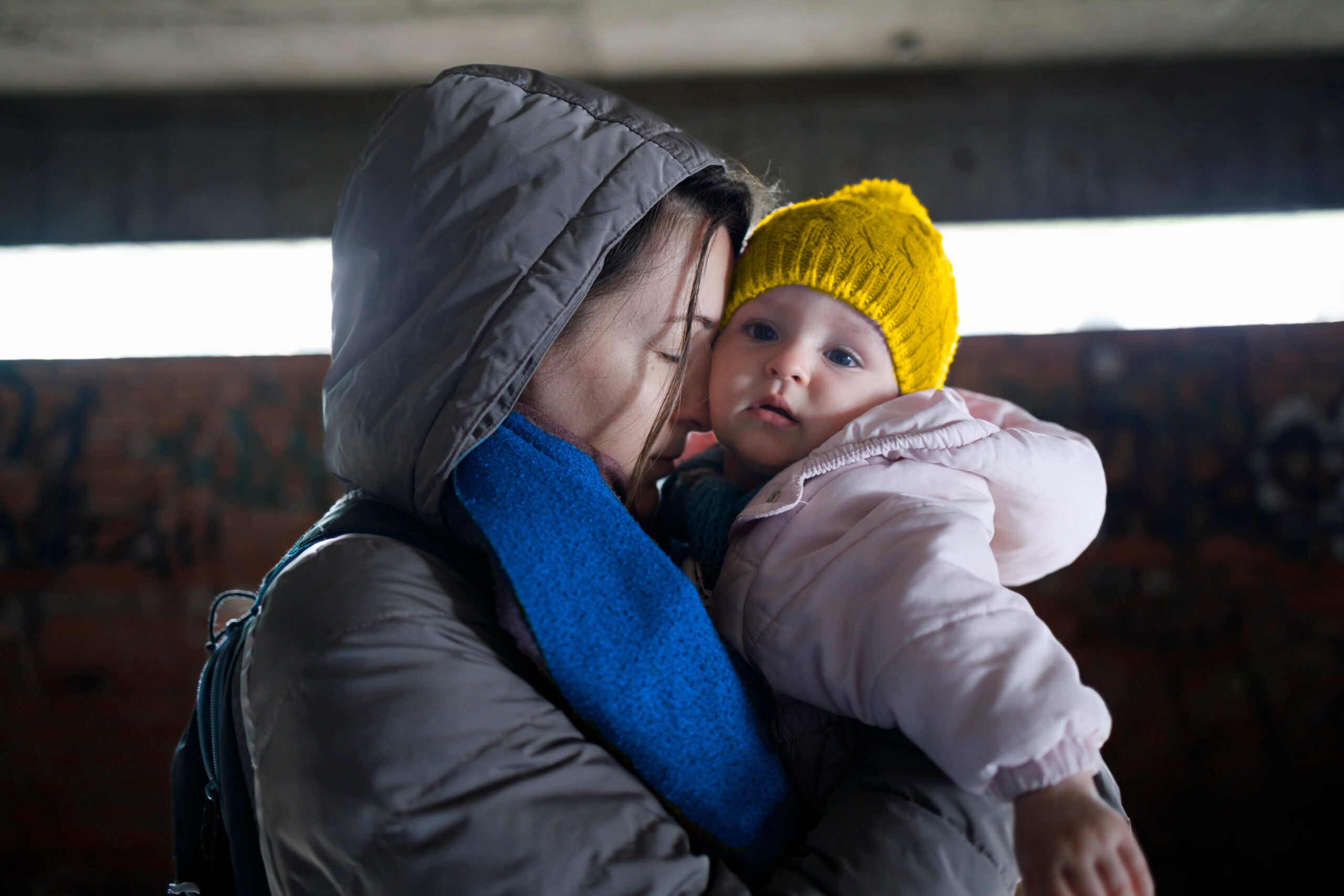Open Adoption: Is it Worth the Angst, Fear and Complication?
The effects of adoption are widespread. Six in ten Americans have had personal experience with adoption, meaning they themselves, a family member, or a close friend was adopted, had adopted a child, or had placed a child for adoption.
For decades adoption was shrouded in secrecy, shame and sealed records. In the early 1990s a new way of adoption—called open adoption— slowly began to take hold. Open adoption means that the adoptive and the birth families are known to each other and can maintain contact. Every situation is different and contact can be limited to letters and pictures, or it can mean visitation between adoptive and birth families. Today, most adoptions are open.
My husband and I entered into open adoptions twice in the early 90’s with little guidance available. We chose to invite our children’s birth parents into our home for visitation. Even so, we had a lot of fear and angst. After nearly three decades, we know now how important it is for our children to know and connect with their biological families. We were fortunate that this option was available to us.
I will share some of what I have learned about open adoption from the lens of each of the triad members: the adopted child, the birth parents, the adoptive parents.
The Adopted Child
It is appropriate to start with the experience of the adopted child. Keeping the child as the North Star helps to navigate the complexities of open adoption.
I thought bringing my babies home from the hospital meant that I was starting with a clean slate. I would do the nurturing and the loving and my children would grow up as if I had given birth to them. But adoption is never that simple. We are all a product of nature and nurture. The child comes with tendencies and abilities from their biological family. Connection to the child’s birth family and adoption story is an important part of an adopted child’s development and sense of identity. And if this biological connection remains a mystery, the child can grow up with a void.
In our arrangement, my children grew up always knowing their biological families. While visitation was not frequent, it was enough to fill in some important holes. My children were able to see similarities in physical traits and tendencies with their birth families. This is often referred to as mirroring. Even little things like our youngest child seeing for herself how she shares the gift of gab— just like her birth mom—helped her understand herself better. And our older child inheriting their birth mom’s tiny stature and artistic flair, was a form of validation as they grew.
While my children experienced loss related to the ability to grow up with their biological families, they never had to wonder if their birth parents loved them. They benefited greatly by openness and love from their adoptive and birth families. As young adults they now have the ability to contact and visit each other. Last year my oldest child spent Thanksgiving with their birth family for the first time. Our other child, as a young adult, looks forward to visits each summer with her birth father and his family and especially loves time with her birth siblings.
Sharing love with birth families has never taken away from the love and loyalty that my children feel for us, their parents. Having this birth family connection has helped them grow up whole.
Birth Parents
When hopeful parents consider open adoption, they often have fears around having a relationship with birth parents. Will my child get confused about parental roles? Will the birth parents want to be too involved? Will it be safe for my child to visit with birth parents?
Typically, adoptive families find that they can develop healthy relationships with the children’s biological families. It takes work, but when they develop trusting relationships, it benefits the child greatly.
People often think that an expecting mom is making an adoption plan because she does not love the child, or she is just a teen runaway, or that she may come back and try to reclaim the child. In reality the typical birth mom is in her early 20’s and old enough to recognize that making an adoption plan might be the best choice for her own life and for the life of the child. Birth mothers and often birth fathers are thoughtful about the choices they are making and have deep love for the children they place. Being able to have some form of contact with the child as they grow can be comforting and healing for all involved.
Imagine how healthy it is for the child to hear their own adoption story directly from their birth mom or birth dad. Often open adoption allows for this in age-appropriate ways.
Our children are now young adults and have healthy contact with both their birth mom and birth dad. When our oldest child turned seventeen, their birth parents reconnected after each being divorced, and married each other. Because we had maintained a lifelong relationship with both of them, our family was naturally invited to the wedding. It was wonderful for our child to witness their birth parent’s marriage. Imagine how heart-warming it was for these birth parents to have their child at their wedding. And when they had a baby, a full-birth sibling to our child, we were part of that celebration too.
Our youngest child has a strong relationship with her birth father and says that hearing her adoption story directly from him gave her great comfort and understanding, and helped her to accept her adoption reality. Importantly, much of her birth father’s own healing was rooted in the ability for him to speak to her directly about why he made an adoption plan.
My children’s birth parents did experience a tremendous loss when they relinquished the parenting of their children to us. However, when you ask them today, they our proud of the decision they made so many years ago. They reflect on the fact that it was a very hard choice and they are grateful for openness. Now they are rewarded with an extended family that includes their birth children.
Adoptive Parents
Like many adoptive parents, we entered into open adoption because we really wanted to be mom and dad. Beyond that, we had everything to learn.
We had a lot of fear and angst. How awkward would it be to raise a child with the birth parents in the picture? However, the idea of openness began to make a lot of sense. Over time we discovered that we wanted more, not less, contact with our children’s birth families.
Imagine being an adoptive parent and being able to ask your child’s biological family a medical history question. Imagine seeing the delight on your child’s face when their birth mom comes for an occasional visit bearing gifts and they spend all afternoon working on a craft project together. Imagine your child’s biological father coming to visit and playing soccer in the backyard with your child. These are happy memories for our family.
We found that as the children grew, we became a busy family with school, sports and commitments with our own family of aunts, uncles and cousins. We vacationed and spent holidays with our own parents and siblings, as most families do. Staying in touch with birth families on top of this, required work.
When we were able to connect with our children’s birth families it was clear that the children could never have too much love in their life. And feeling the love first-hand from their birth family was powerful. It in no way diminished the love our children had for us.
Our family was transferred out of state when our children were only one and five years old. This meant that visiting with biological families required significant travel. We made it a priority to stay in touch and have occasional visits while the children were growing up. The important piece of our relationship though was not how many times we saw each other, rather it was the spirit of openness. The ability for our children to ask questions and get honest answers made raising them a lot easier.
Adoption has changed in important and significant ways. We can celebrate the fact that adoption has moved from the era of shame and secrecy to an era of openness and transparency. Keeping the focus on what is best for the adopted child, we can better understand the benefits of connecting that child to the birth families. Even if it is not possible to stay connected to a birth parent, connections with other members of the child’s biological family can help make that child whole.
Open Adoption: Is it worth the angst, fear and complication? For us the answer is a resounding yes! Like most things in life worthwhile, open adoption is not easy and requires work and often professional help. For all members of our adoption triad, and most especially for our children, we would not want it any other way.




